Quick Bits: Mohammedia sits quietly between two of Morocco’s giants—Casablanca and Rabat. Though often overshadowed by its neighbors, this coastal retreat thrives with local...


Quick Bits: Mohammedia sits quietly between two of Morocco’s giants—Casablanca and Rabat. Though often overshadowed by its neighbors, this coastal retreat thrives with local...
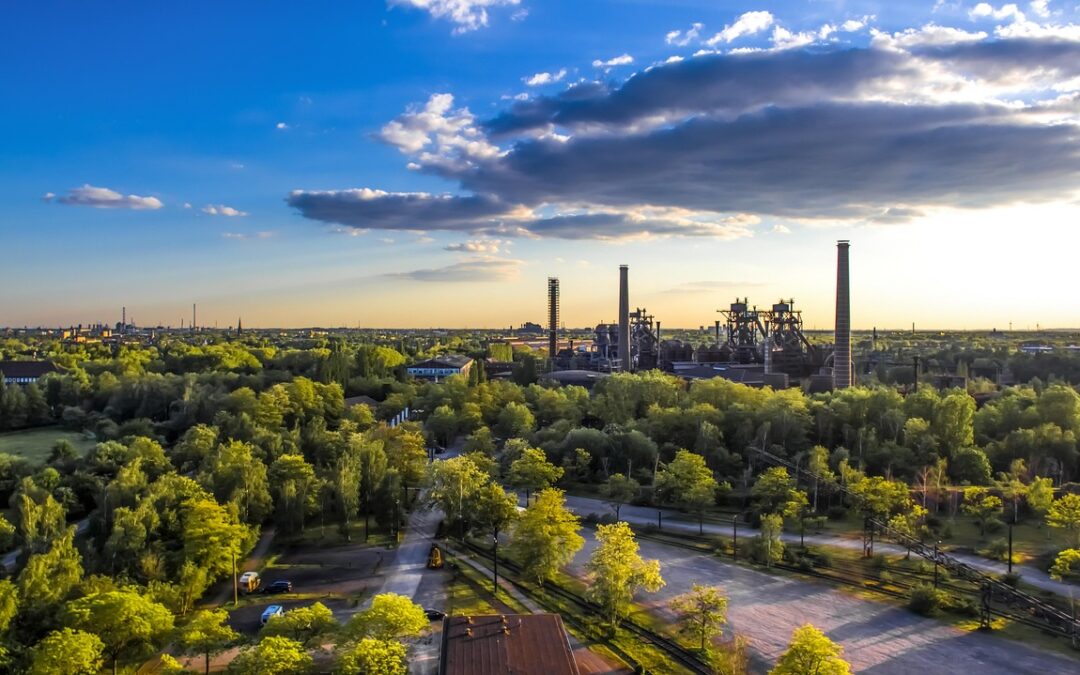
Quick Bits: Duisburg stands as a fascinating blend of industrial might and evolving cultural life. Tucked within North Rhine-Westphalia, this German city may not be as famed as...
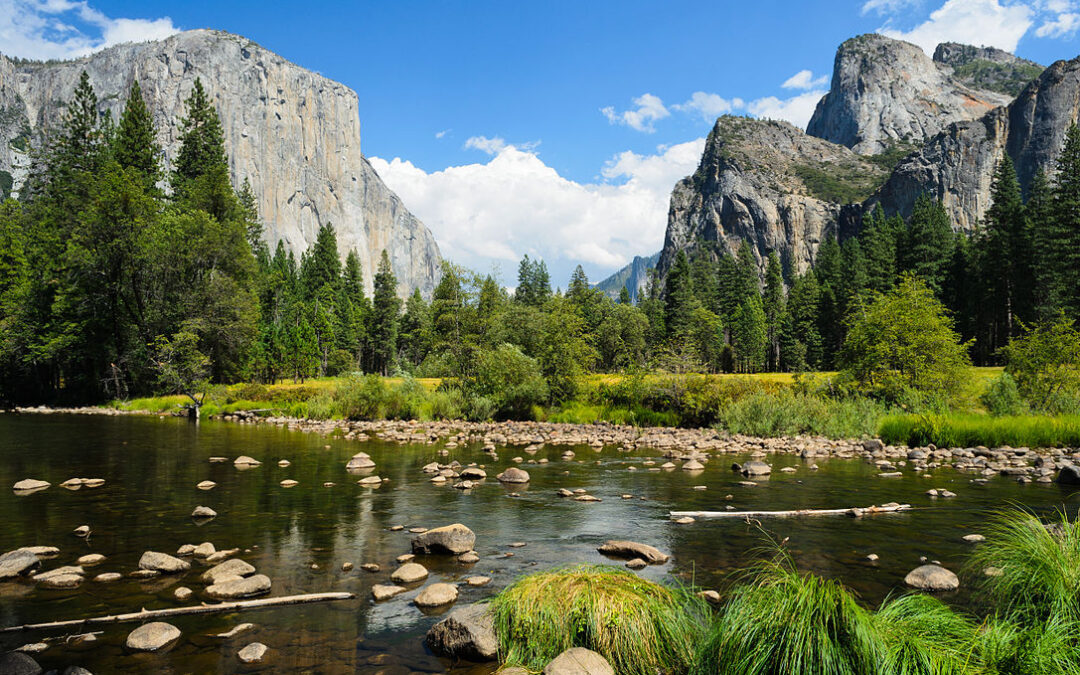
Quick Bits: Yosemite National Park stands as one of nature's finest works. With its towering cliffs, ancient sequoias, and cascading waterfalls, this California gem invites...

Quick Bits: Cariacica is a vibrant city nestled in the heart of the Brazilian state of Espírito Santo. Often overshadowed by its coastal neighbors, this inland city holds a charm...

Quick Bits: Rocky Mountain National Park, located in northern Colorado, spans 415 square miles of breathtaking wilderness. The park’s elevation ranges from 7,860 to 14,259 feet,...

Quick Bits: Columbia is a country rich in landscapes, culture, and history. It is known for its coffee, beaches, mountains, and vibrant cities. The country offers a perfect mix...
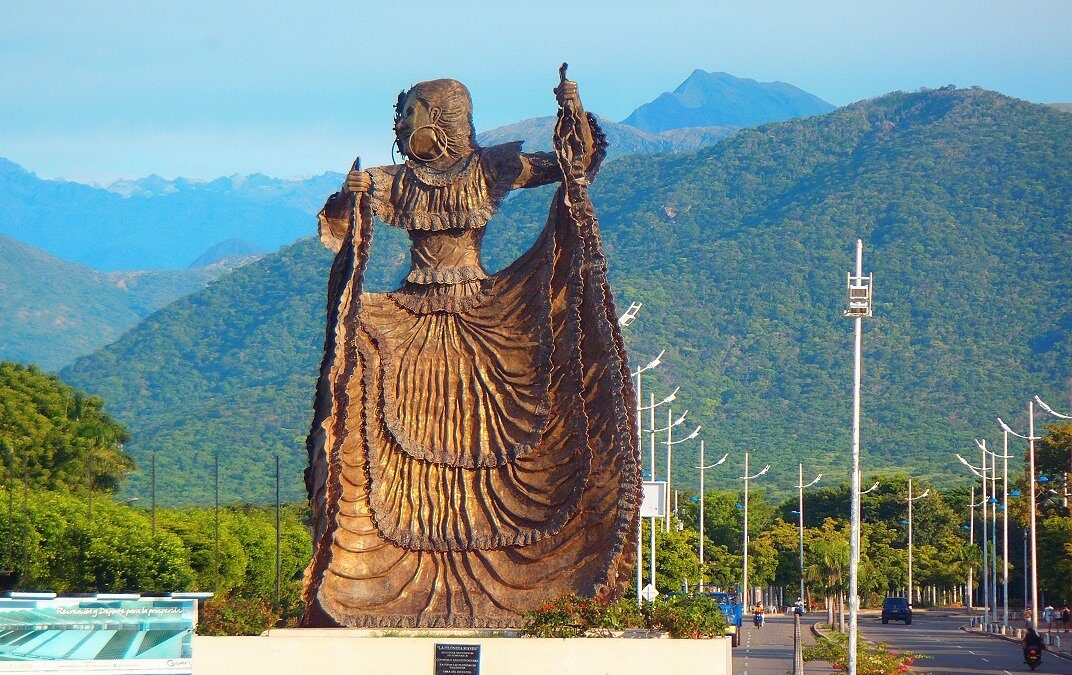
Quick Bits: Valledupar is a vibrant city in northern Colombia, known as the birthplace of Vallenato music. Surrounded by lush mountains, rivers, and a rich cultural history, it...

Quick Bits: Petrified Forest National Park stands as one of Arizona's most unique landscapes. Its ancient, fossilized trees tell a story dating back millions of years. The park...
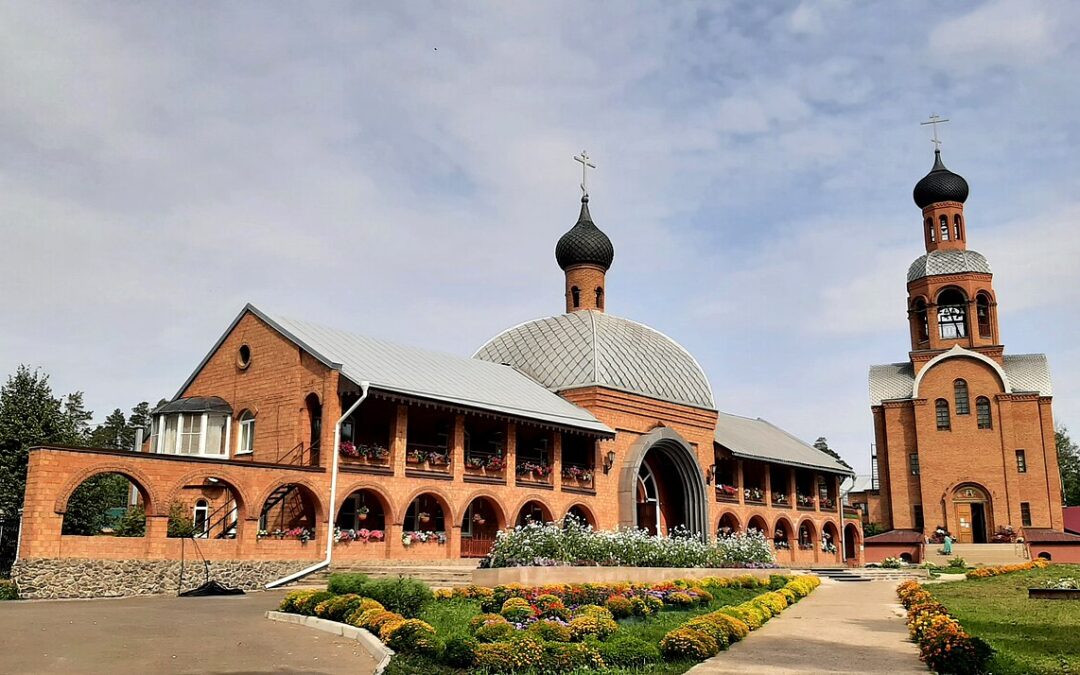
Quick Bits: Bratsk is a city in Russia's Irkutsk region known for its industrial significance, scenic landscapes, and historical heritage. The city sits along the Angara River...
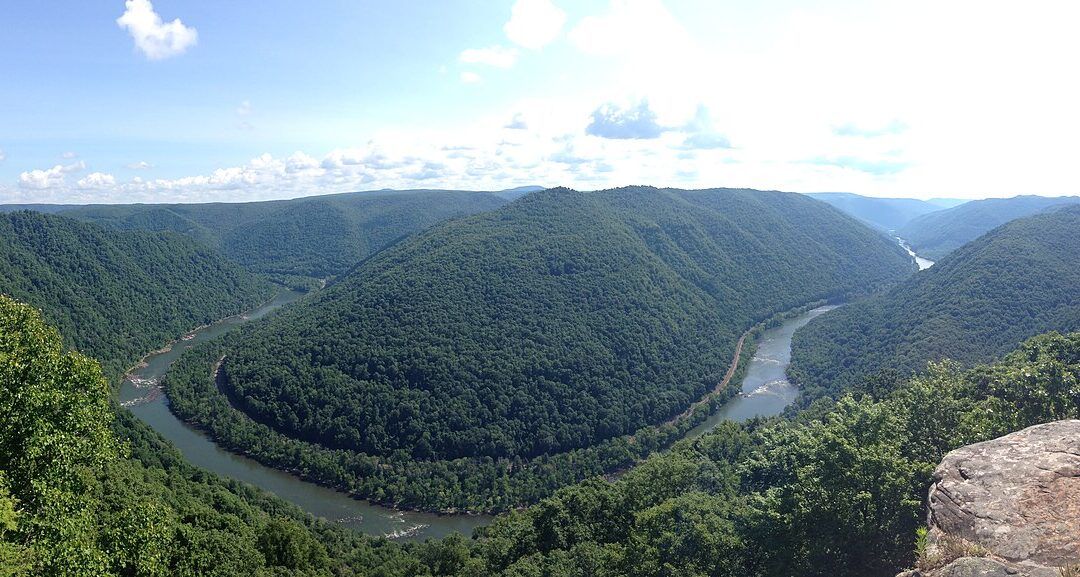
Quick Bits: New River Gorge National Park, located in West Virginia, is one of the newest national parks in the United States, established in 2020. Spanning over 70,000 acres,...

Quick Bits: Congaree National Park is home to the largest intact old-growth bottomland hardwood forest in the United States. This unique ecosystem supports a rich variety of...

Quick Bits: Cleveland is a city with a rich industrial past and a vibrant cultural scene. It is home to the Rock & Roll Hall of Fame and the Cleveland Museum of Art, offering...
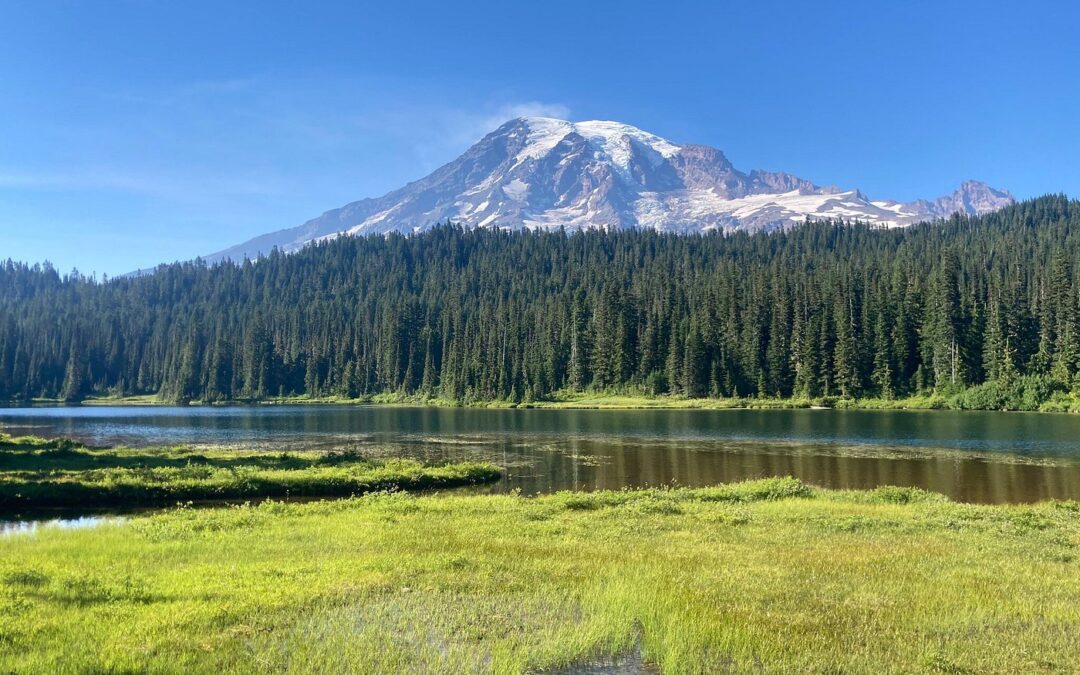
Quick Bits: Mount Rainier National Park is a breathtaking destination in Washington State. Towering at 14,411 feet, Mount Rainier dominates the skyline, wrapped in glaciers and...

Quick Bits: Oklahoma is home to over 4 million people and is known for its deep Native American heritage and vibrant cowboy culture. The state features diverse landscapes,...
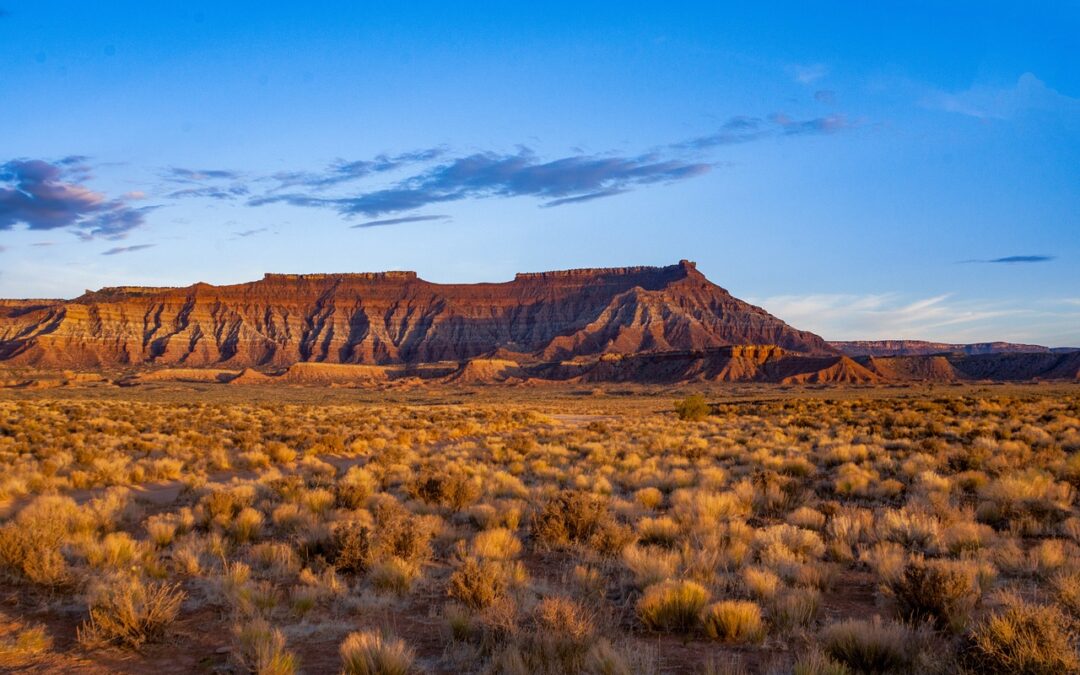
Quick Bits: Badlands National Park spans 244,000 acres in South Dakota, showcasing a vast expanse of eroded rock formations and rolling prairies. It is home to diverse wildlife,...

Quick Bits: Wiesbaden is one of the oldest spa towns in Europe, known for its thermal springs and vibrant cultural scene. The city offers historic architecture, lush parks, and a...

Quick Bits: Seattle, Washington, is a dynamic city known for its innovation, coffee, and scenic landscapes. As a cultural and economic powerhouse of the Pacific Northwest, it...
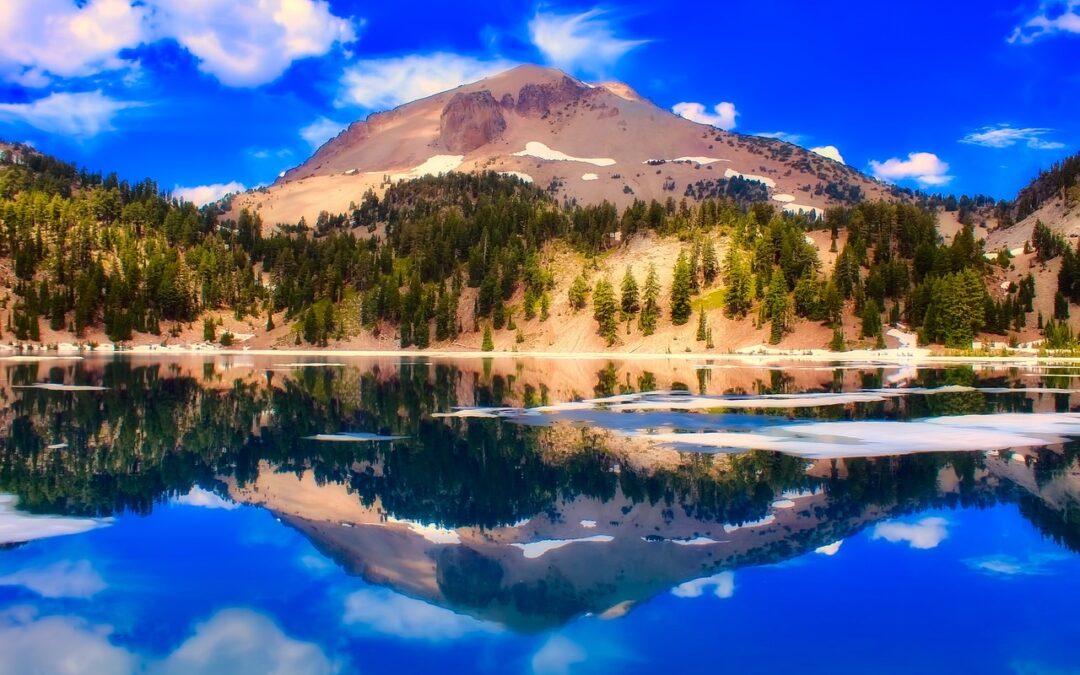
Quick Bits: Lassen Volcanic National Park is home to steaming fumaroles, crystal-clear lakes, and vast meadows. It features all four types of volcanoes found in the world, making...

Quick Bits: Canyonlands National Park is a rugged and remote landscape in southeastern Utah. It features deep canyons, towering rock formations, and vast desert wilderness. The...
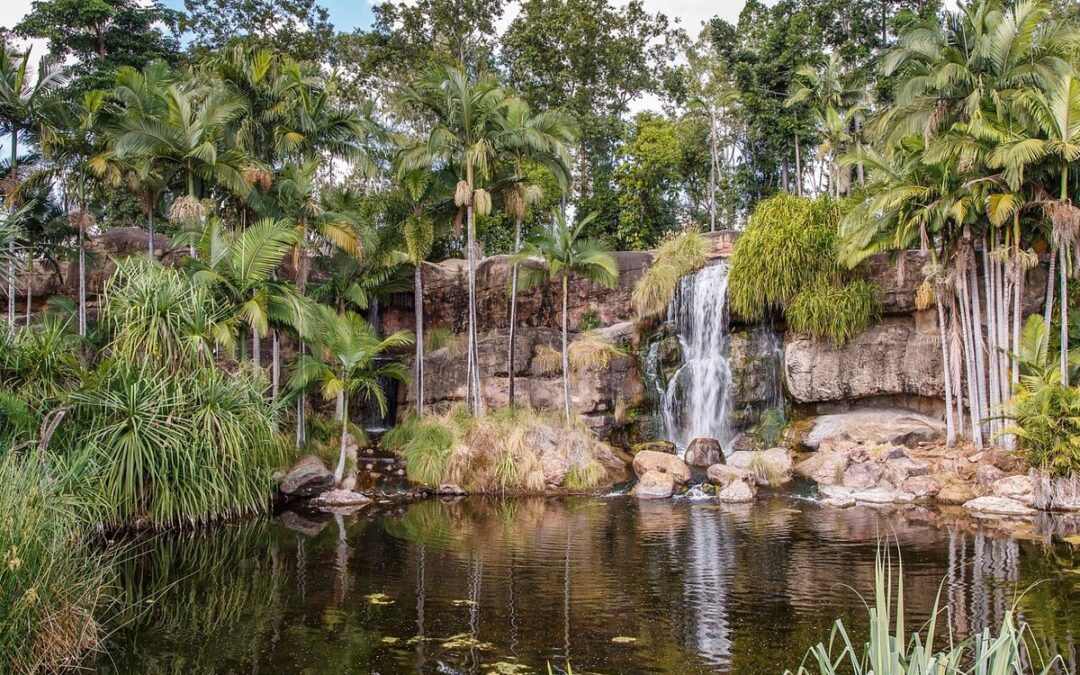
Quick Bits: Rockhampton, known as the Beef Capital of Australia, is a lively city with deep historical roots, breathtaking landscapes, and a strong cultural presence. Nestled...